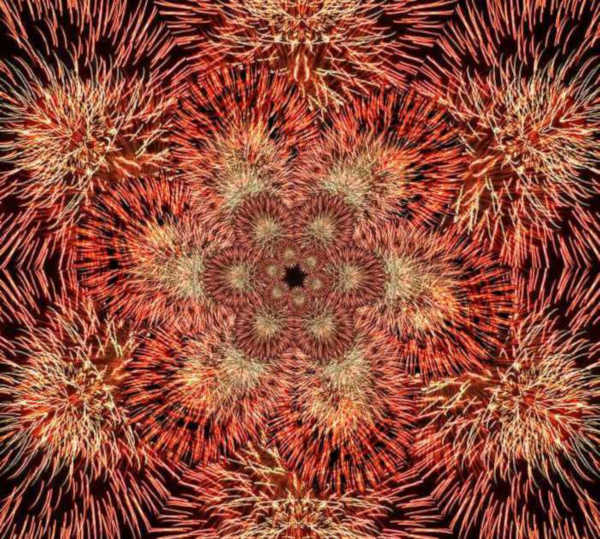FWP:
SETS
FLAME/STRAW: {21,5}
JAUHAR: {5,4}
MIRROR: {8,3}
The ghazal in its truncated divan form has no opening-verse. The original opening-verse was {73,3x}.
This verse combines 'flame and straw' imagery with creative exploitation of the word jauhar (for more on this term, see {5,4}). The verse of course also belongs to the 'mirror' set; for more on mirror-chambers in particular, see {10,5}.
It would be easy to call this verse far-fetched or obscure, yet Nazm apparently got it quite easily, and since then the commentators seem to have either got it with equal ease-- or else simply paraphrased Nazm's interpretation.
The beloved here is unambiguously a youth, a boy just reaching puberty who has begun to have light or 'green' down on his cheeks [sabzah-e ;xa:t]. (For other examples of the adolescent boy as beloved, see {9,2}.) The literal meaning of sabzah is greenery or verdure, from the Persian word for green [sabz]
Thus the word works suggestively with all the meanings of the (much rarer) Arabic word :taraavat . The scratched-in polish-lines on the metal mirror are like bits of dry straw; if they weren't moistened by the reflection of the verdant green lines of down on the beloved's cheek-- the ;xa:t in sabzah-e ;xa:t literally means 'lines'-- they would burst into flame when exposed to the sudden brilliant fire of his face.
And there you are: you put it together like a complex machine,
and then-- voila, there it is, properly engineered but quite inert. Compared
to, say, the first few verses of {71},
how cumbersome and one-dimensional it seems! In fact, for a much more satisfactory
use of fire imagery, we need look no further than the next verse, {73,2}.

Nazm:
For a reflection to fall on a mirror, and for a fire to start-- in both of these, the cause of similitude is movement, and this simile is extremely eloquent [badii((] because the cause of simitude is highly refined. The meaning is that the polish-lines of the mirror receive moisture from the down on the cheek of the beloved; otherwise, the reflection of the flame of the cheek would have started a fire in the mirror-chamber. (76)
== Nazm page 76